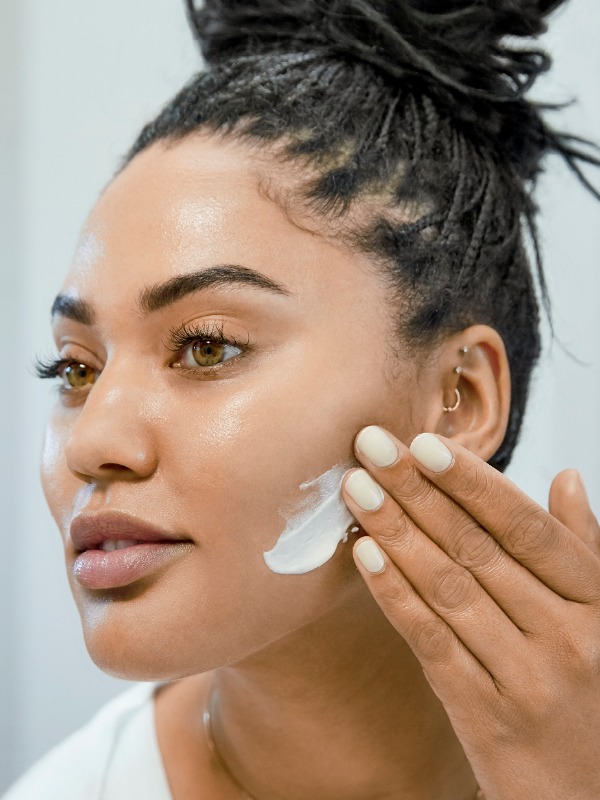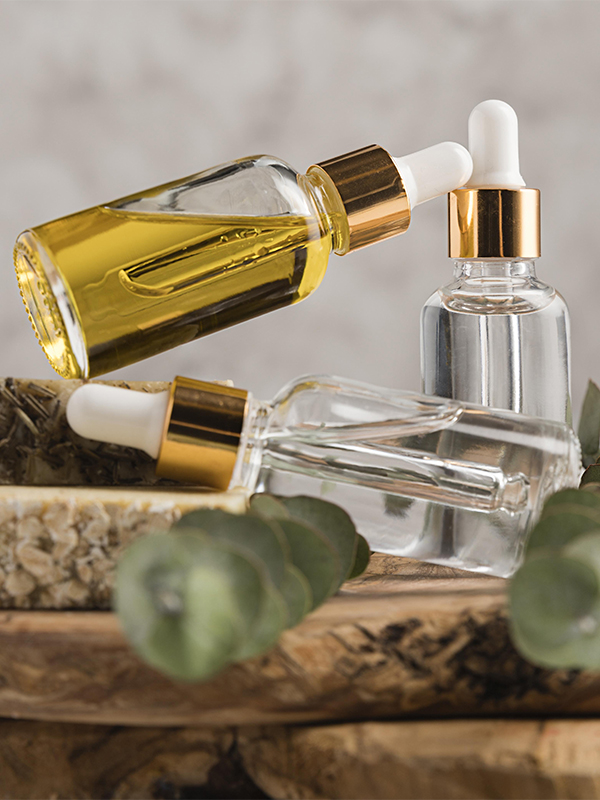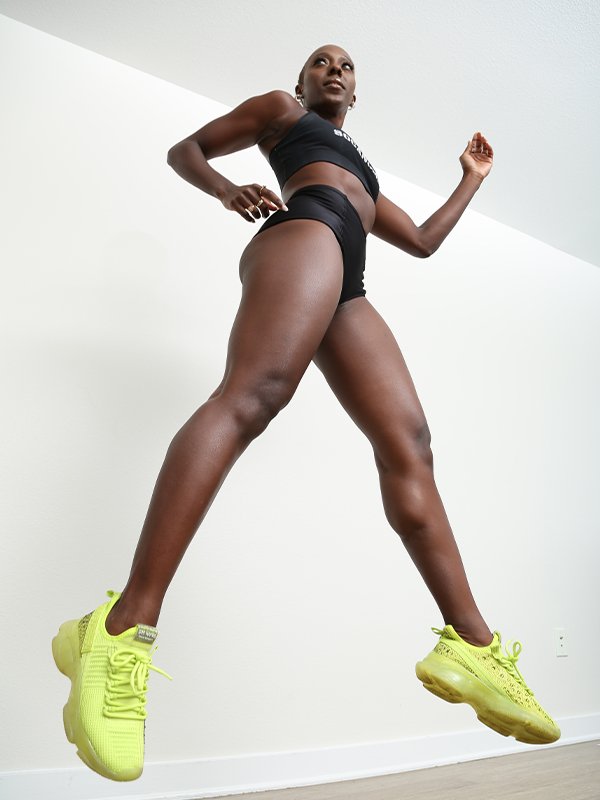These days, scaling back has become second nature. But have you thought about doing it with your skin-care routine? Because as tempting as it may be to try all the lotions and treatments popular on Instagram, layering on lots of products can actually wreak havoc on your skin.
“Many products are not meant to be used together. When they are, irritation and sensitivity may develop” —Dr. Rosemarie Ingleton, M.D.
“My philosophy on skincare is to have fewer steps to get you to your desired result,” says Rosemarie Ingleton, M.D., a dermatologist in New York and the founder of Rose MD Skin. “Plus, many products are not meant to be used together. When they are, irritation and sensitivity may develop.” Learn how to curate the perfect pared-down routine that will keep you glowing.

Streamline Your Steps
Consider the rule of three— especially in the morning. Your a.m. goal should be to cleanse, prevent and protect. To start, Los Angeles aesthetician Shani Darden recommends finding a gentle face wash with ingredients like hyaluronic acid and glycerin to boost moisture right out of the gate.
Next, you’ll want to consider an antioxidant-rich serum to protect skin from environmental stressors like pollution. BeautyCounter’s Counter+ All Bright C Serum is packed with vitamin C to do just that. Finally, top things off with sunscreen. “Wearing at least SPF 30 every day is the most important thing you can do,” says Darden. Using it is also by far the easiest way to prevent hyperpigmentation. Go for a day cream with SPF to get moisture and protection in one swoop.
At night, keep your steps just as simple. This time, consider products that can work while you sleep to treat specific skin concerns you may have, says Dr. Ingleton. You’ll need to wash away the day’s grit. If your skin is always parched, pick a cleanser that adds moisture. Have a tendency to break out? A wash with salicylic acid is a good bet. After drying your face, layer on a product for more targeted therapy—think an eye cream or a serum for fine lines. Hydration comes next. Select a moisturizer that’s best for your skin type—lightweight and oil-free for the oily and acne-prone, something hydrating with hyaluronic acid for combination or normal skin, or an emollient formula with ceramides and peptides for dry complexions.
“Wearing at least SPF 30 every day is the most important thing you can do.”
— Aesthetician Shani Darden
Go Easy on the Extras
A lengthy label with hard-to-pronounce words may look impressive, but it doesn’t necessarily translate to improved results. “Fewer ingredients can actually be better, especially if they are potent,” says Dr. Ingleton. A simple formula may mean that what’s in there is at a more powerful percentage and not downplayed by fillers. You’re also being exposed to fewer ingredients that you could be allergic to. “The more that is in there, the greater the chance you could react to something,” she says.
Apply the same principle to treatments. For example, sloughing away dead skin cells may sound like a great way to get your glow on, but doing it too often will strip your face of beneficial natural oils, making it dry and red and even provoking breakouts. Physical exfoliation (like using a scrub with granules) should be limited to two times a week, says Dr. Ingleton. For something on the gentler side, try Darden’s trick of using your cleanser with two pieces of wet cotton gauze. If you have pores that get clogged, a chemical exfoliant (like a cleanser with alpha hydroxy or beta hydroxy acid) can be used more often if your skin tolerates it well, explains Dr. Ingleton.
Consistency Counts
Constantly switching things up—whether it’s your routine or the products you use—can lead to breakouts, rashes and more. Your skin could react to different ingredients introduced in new products, and changing your routine may shock your system. Translation: Avoid constant changes. If you do want to try something new, do it one product at a time, recommends Dr. Ingleton. Use the addition for seven days to gauge negative or positive effects before trying anything else. As Darden says, it’s not about using the most products; it’s about using the right products and figuring out what works for your skin—and your skin only.
As featured in the pages of Sweet July Magazine. Written by Holly Carter. Photographs by Thayer Gowdy.





















